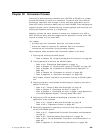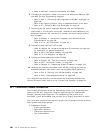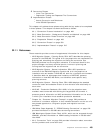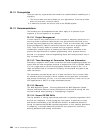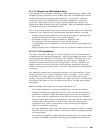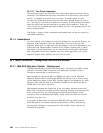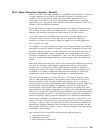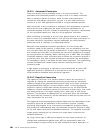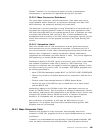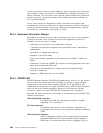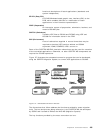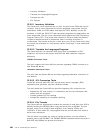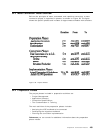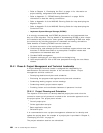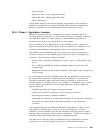32.2.2.1 Automated Conversion
There are several ways to automate some or all of the conversion. The
automation that Cortex-MS provides is unique in that it is a mass conversion.
After an extensive period of analysis, which includes running both pilot
conversions and dummy conversions, you can, in a final mass conversion,
convert all of your VSE applications to MVS in a single automated process.
Mass conversion is more conducive to automation than progressive conversion,
due to the fact that it addresses the same conversion requirement for all
converted elements at a time, instead of addressing all conversion requirements
for one converted element at a time as in the progressive conversion.
When converting one element at a time it may appear faster to do it manually
than to invest in an automated solution. Until you see how many occurrences of
the same conversion requirement must be addressed, you cannot properly
assess the value of investing in an automated solution.
Because of the automated conversion procedures, all of the Cortex-MS
conversion steps can be iterative; in other words, you can proceed by trial and
error and then refine the Cortex-MS customization. A major step in implementing
and customizing Cortex-MS is to automate the conversion procedures to support
as many iterations as necessary before switching over to MVS. With this support,
Cortex-MS enables a small conversion team to handle the conversion process in
a relatively short time with minimum disruption to operations and development.
This automation results in workload and time frame reductions. The methodology
ensures consistent and reliable results, therefore reducing the scope of
conversion tests.
A high degree of automation is required to convert and switch an entire VSE
application portfolio to OS/390 over a short period of time, as done in the
single-switchover-weekend mass conversion approach.
32.2.2.2 Repetitive Conversion
The repetitive conversion is an iterative method in which the conversion is
improved by refining the automated conversion process and the associated
software instead of the generated MVS material. After a trial mass conversion,
the generated MVS material is function tested in MVS. In the event that the
conversion reports or MVS tests indicate conversion errors, the CORTEX-MS
software is custom modified to perform the conversion without errors, and a new
trial mass conversion is run again starting from a fresh copy of VSE source
material. This procedure is repeated until all conversion errors are eliminated.
The actual and final conversion, and the switchover to MVS do not start until trial
mass conversions are error free.
This approach allows assessing the progress made with the customization of the
conversion tools and the automation of the conversion process. Carefully
monitoring that progress is key to the project management, progress tracking
and foremost to understanding when the automated conversion process is ready
for the final mass conversion and weekend switchover. The repetitive conversion
allows greatly reducing the risk inherent to a single mass conversion and
weekend switchover.
By using a fresh copy of VSE source material for each mass conversion, all
changes and modifications applied under VSE are automatically taken into
account without having to follow up the VSE maintenance and to duplicate it in
488 VSE to OS/390 Migration Workbook




